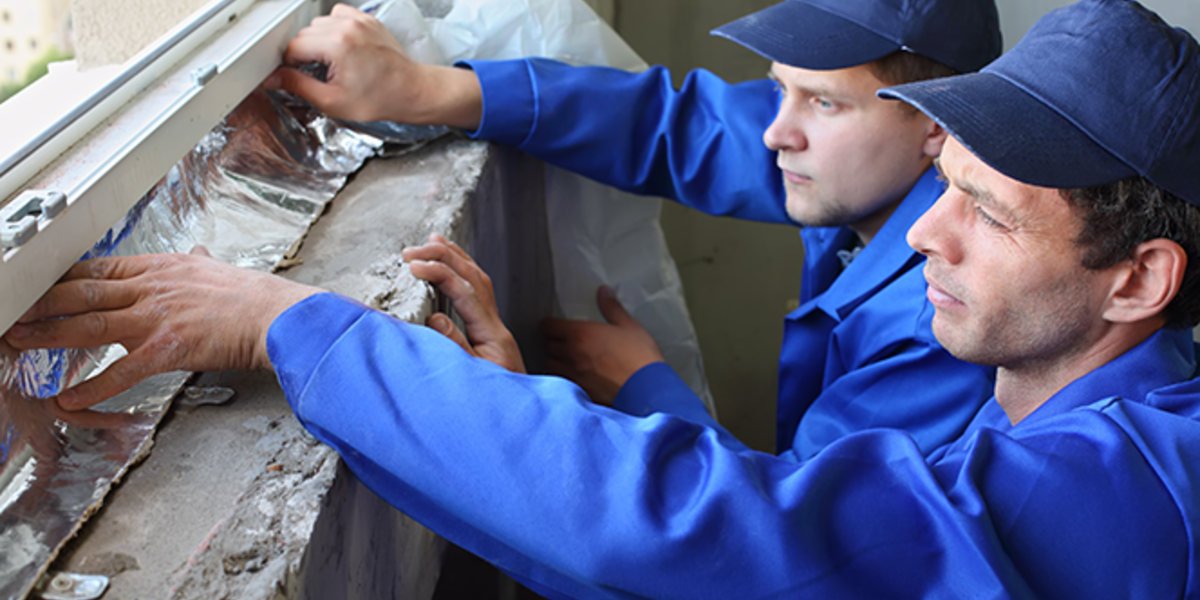Accounting for the Full Benefits of Energy Efficiency
Let's Save Energy
Alliance to Save Energy's Blog
Accounting for the Full Benefits of Energy Efficiency

For the past several months, controversy has been brewing over the proper measurement of the costs and benefits of the U.S. Department of Energy’s (DOE) low-income Weatherization Assistance Program (WAP). This has been reflected in academic studies and a major national evaluation of WAP’s effectiveness. And on Tuesday, an article by Eduardo Porter was published by The New York Times that raised more eyebrows in the energy efficiency advocacy community.
The article described a critique by University of Chicago professor Michael Greenstone of an Oak Ridge National Lab report, concluding that the benefits of DOE’s weatherization program outweighed the costs. Yesterday, Earthwire’s Brian Palmer responded with some important perspective on professor Greenstone’s comments in a post published by the Natural Resources Defense Council’s online magazine. And while we certainly agree the methodology to measure the energy benefits of the weatherization program is important, even more so is the accounting of the full benefits of the weatherization program on our country’s most energy-burdened households.
The benefits of WAP are meaningful—7.4 million American families are living in safer homes that are more efficient and comfortable than when the program started in 1976. We applaud the work done by the researchers and analysts at Oak Ridge National Lab to document the savings to those families generated by WAP investments over time. We also recognize the inherent difficulty that comes with attempting to reliably and consistently quantify non-monetary benefits—often termed “non-energy benefits” (NEBs) when referring to energy efficiency programs. A common thread running throughout the original report, professor Greenstone’s critique, yesterday’s news article and Mr. Palmer’s response is how much additional work needs to be done to better count, value and communicate NEBs. We could not agree more.
DOE’s WAP is the country’s largest residential energy efficiency program, but it is by no means the only effort that is struggling to consider the extent and weight of NEBs. Other DOE programs—as well as those run by states, utilities, local governments and others—have been generally restricted to dollars and cents of energy benefits when estimating and validating savings. Energy benefits are important, but not indicative of the whole picture. We need better methodologies (including evaluation and verification), more robust analyses and more sets of eyes on the task of calculating and indeed monetizing NEBs. A rigorous approach to considering NEBs will uncover, we suspect, significant hidden costs that go way beyond monthly utility bill savings.
One final consideration: WAP itself—not just the insulation, air sealing, etc.—is an effective tool for advancing federal, state and local energy efficiency policies. In parts of the country with fewer state, local and utility incentives, WAP is often the best source of energy efficiency assistance for families in need. WAP is also an important training platform for those who assess energy efficiency needs and the contractors who work on projects. As with NEBs, these broader impacts of WAP are no less important just because their positive effects can be a challenge to measure. We need more focus and additional research on how to monetize a broader, and just as valuable, set of benefits.
RECENT BLOG POSTS
STAY EMPOWERED
Help the Alliance advocate for policies to use energy more efficiently – supporting job creation, reduced emissions, and lower costs. Contact your member of Congress.
Energy efficiency is smart, nonpartisan, and practical. So are we. Our strength comes from an unparalleled group of Alliance Associates working collaboratively under the Alliance umbrella to pave the way for energy efficiency gains.
The power of efficiency is in your hands. Supporting the Alliance means supporting a vision for using energy more productively to achieve economic growth, a cleaner environment, and greater energy security, affordability, and reliability.



